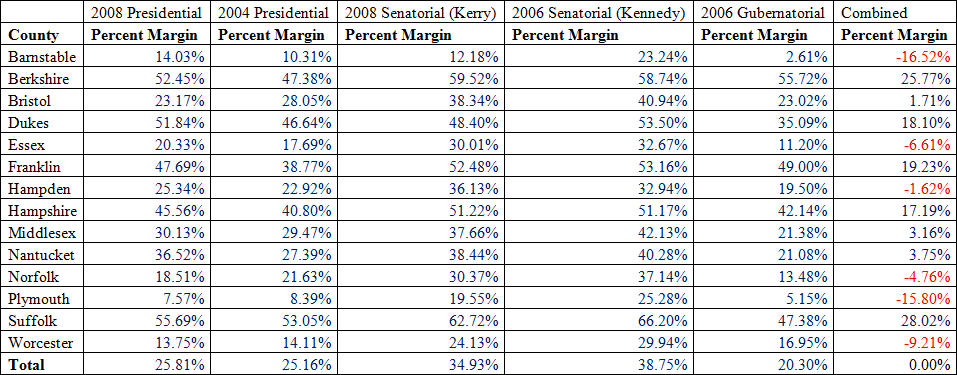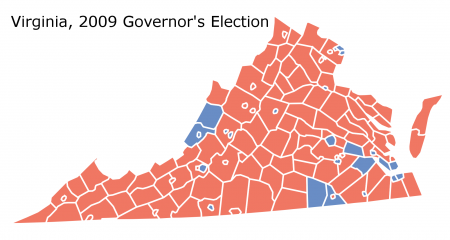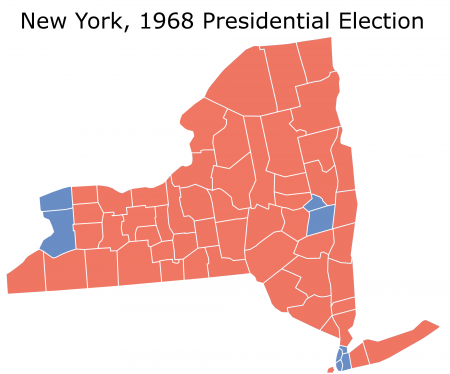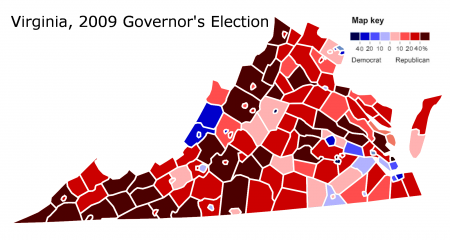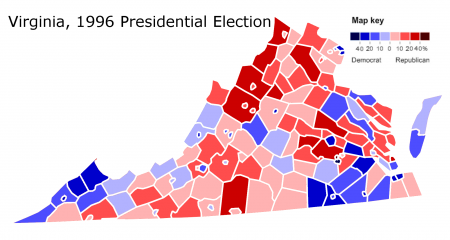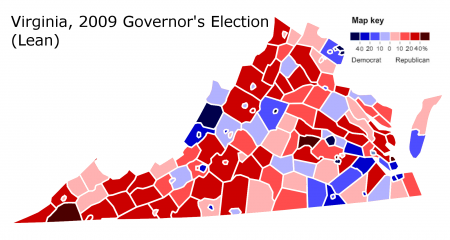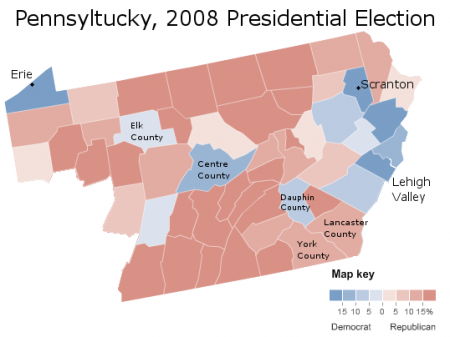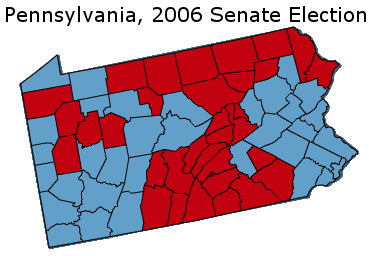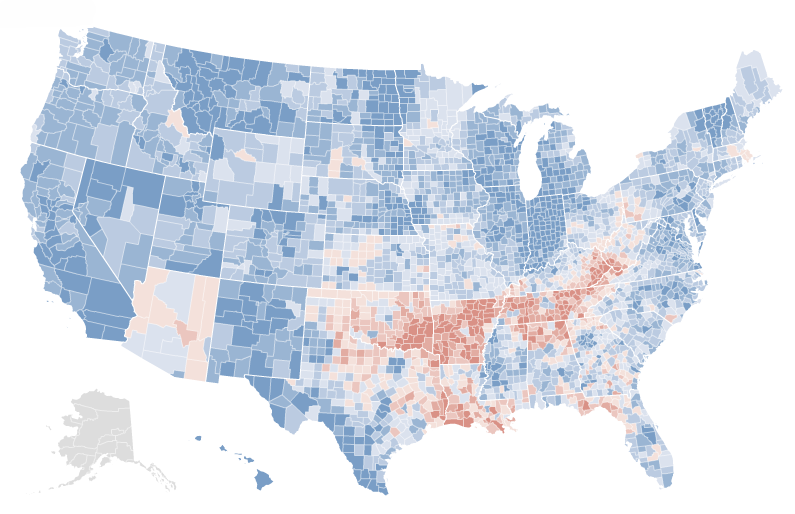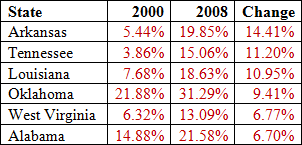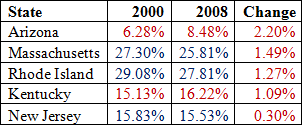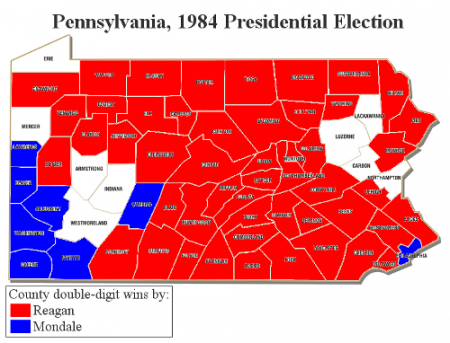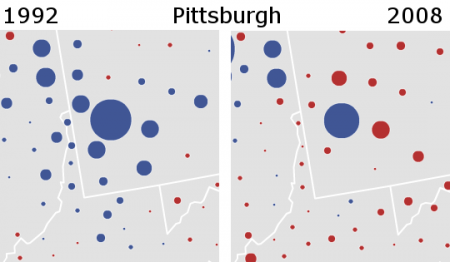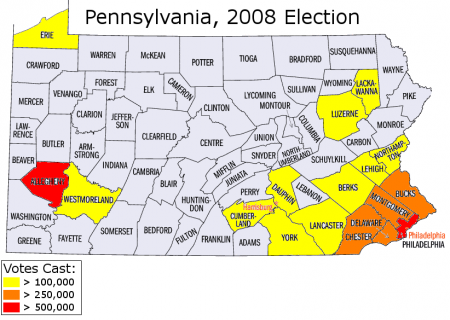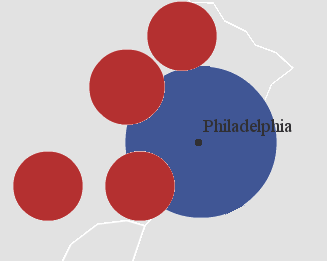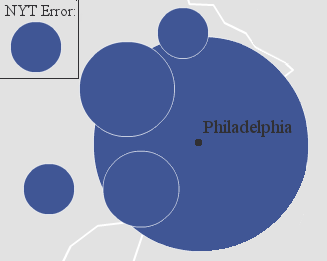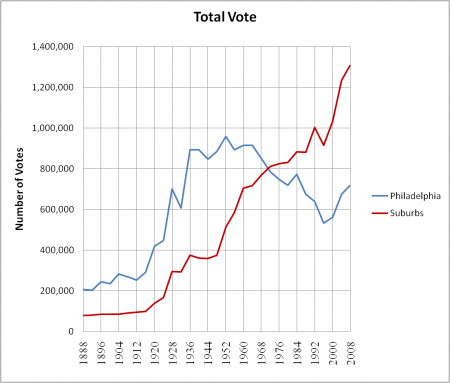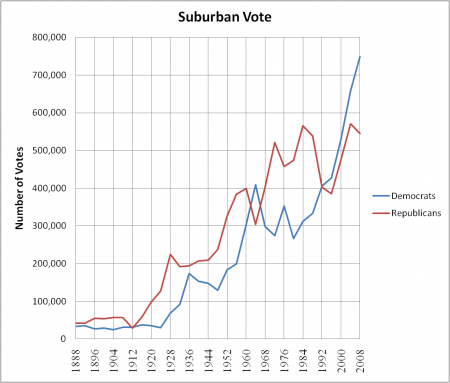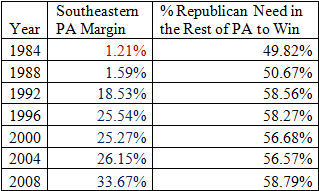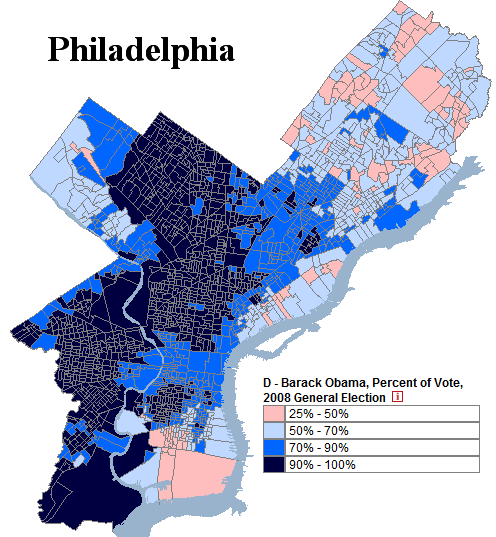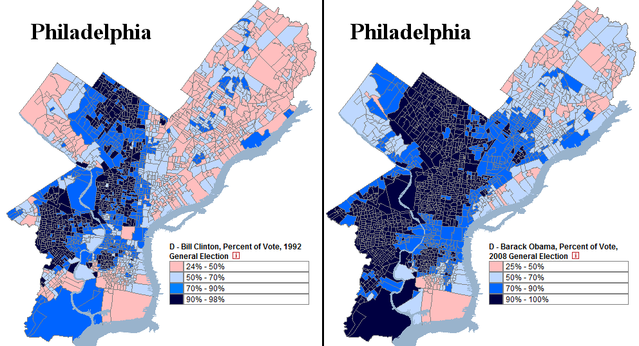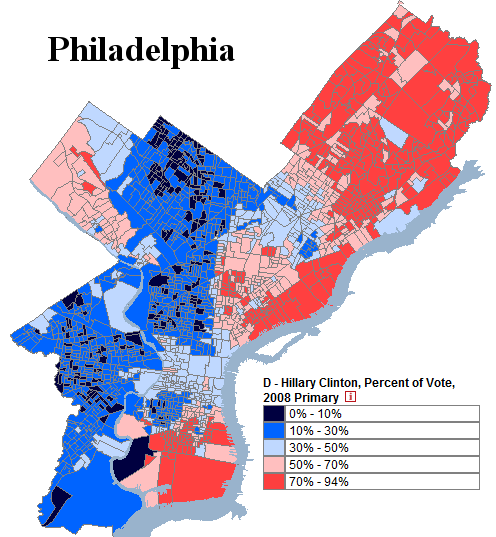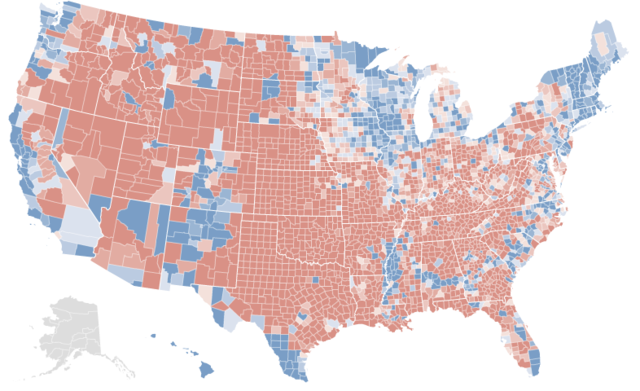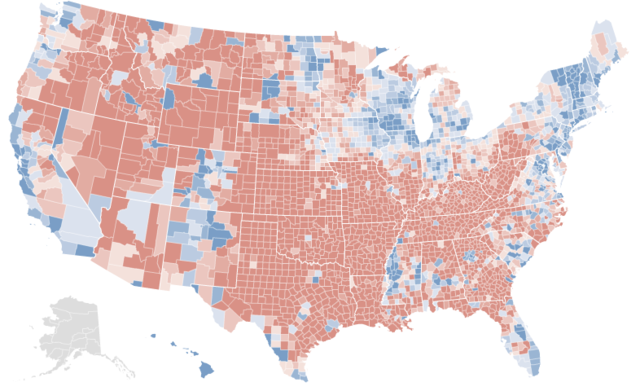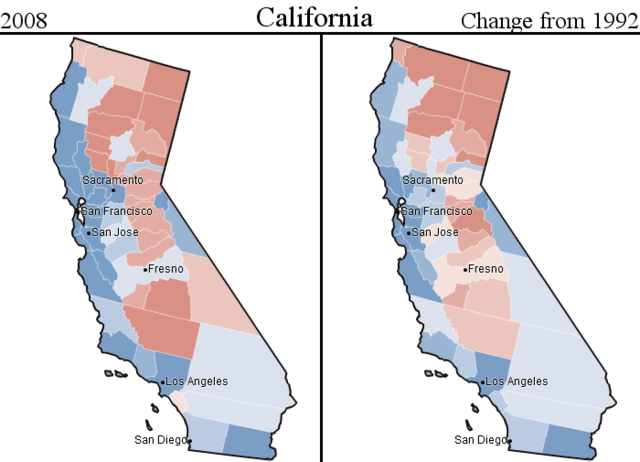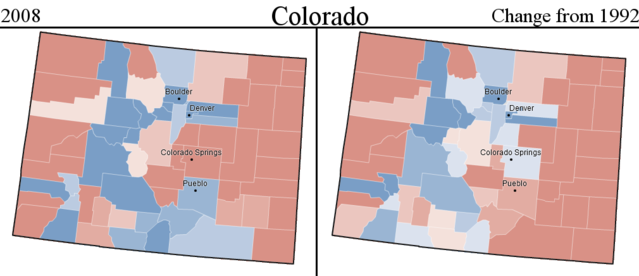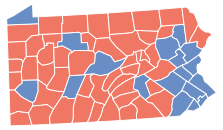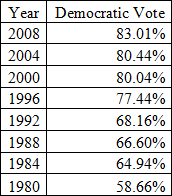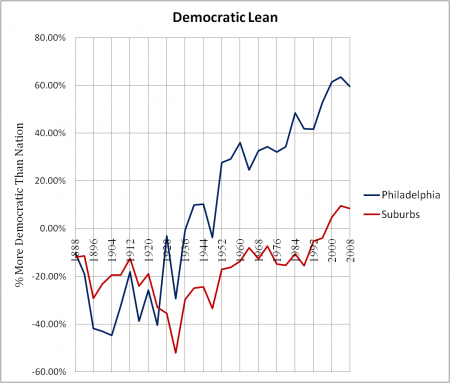By: Inoljt, http://mypolitikal.com/
Results are soon pending in the special election to replace Senator Ted Kennedy. Once a guaranteed Democratic victory, the race has become surprisingly competitive due to a bad national environment and a lackluster campaign run by Democrat Martha Coakley. In fact, several polls have put Republican Scott Brown in the lead, striking panic amongst the Democratic establishment.
Interpreting incomplete results can be difficult if one is not familiar with how different areas in a state vote. Senator John McCain, for instance, led the vote in Virginia during much of election night; this was because deep-red rural Virginia reported first. After Democratic strongholds in Northern Virginia began posting, Barack Obama quickly pulled away (he ultimately won by 6.30%). Because Massachusetts is rarely competitive outside of gubernatorial elections, geographic unfamiliarity probably extends to even most politically active folk.
I have therefore created a map indicating what a tied election would probably look like: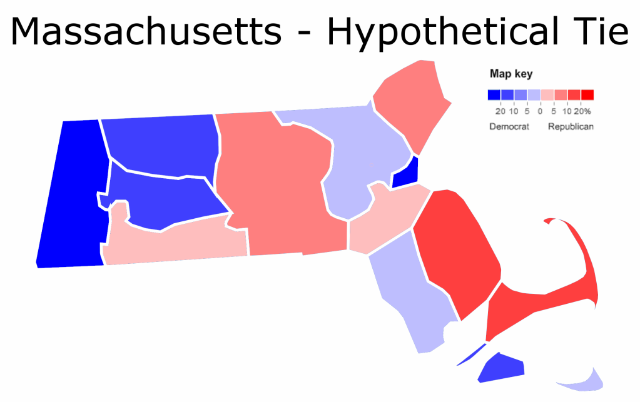
More below.
Interpreting incomplete results can be difficult if one is not familiar with how different areas in a state vote. Senator John McCain, for instance, led the vote in Virginia during much of election night; this was because deep-red rural Virginia reported first. After Democratic strongholds in Northern Virginia began posting, Barack Obama quickly pulled away (he ultimately won by 6.30%). Because Massachusetts is rarely competitive outside of gubernatorial elections, geographic unfamiliarity probably extends to even most politically active folk.
This map takes data from all statewide elections since 2004, derives the electoral lean of each county, and then averages these results to produce the picture. Here is the data by county:
Ironically, Republicans do better in the most populous counties – the opposite case for the nation in general. Republicans are strongest in the state’s suburbs; Scott Brown will need to win all of them to take the state (on the other hand, these wins need not be exceptionally large). On the other hand, Democrats do best in the city Boston and the more rural western reaches of the state.
Thus on election day when the results start coming in, take a look at the above table and compare it to the actual performances each candidate is posting. Whichever candidate is generally outperforming the table will likely win the election. Finally, look at who is winning Hampden and Bristol counties – the two places that vote closest to the state as a whole. If Martha Coakley is winning them, expect a Democratic victory. If Scott Brown is, then a Republican shocker is in the works. If the two are split, it will a nail-biter that goes deep into the night. There have been not many of those lately.
Whatever the case, tomorrow Tuesday ought be an exciting day for politics buffs. There are not many races where the result has been so uncertain – where practically anything can happen and it would not be surprising for the polls to be completely off. It will be quite interesting to watch.
